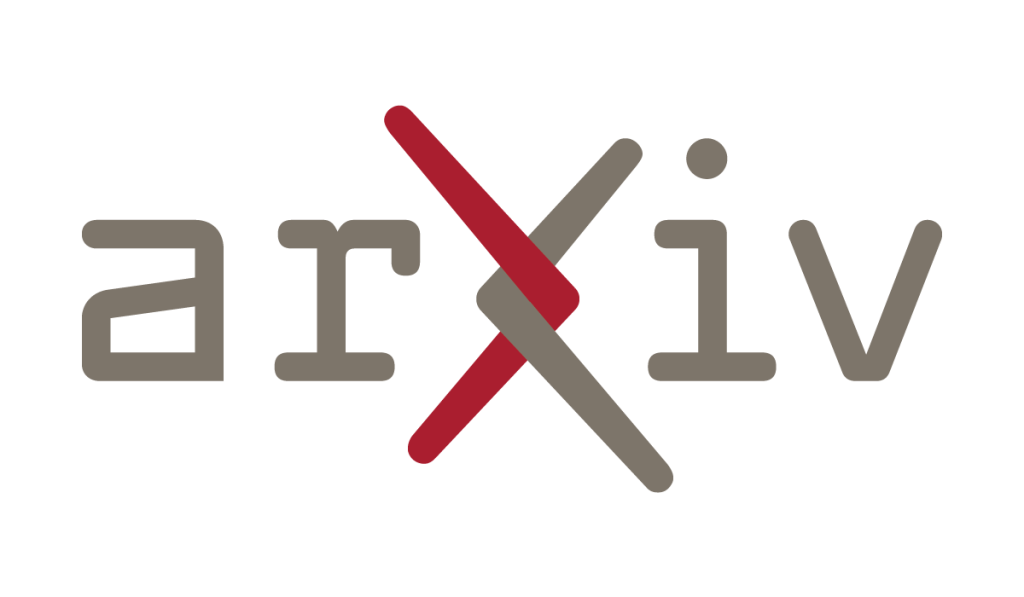arXiv:2505.07711v1 Announce Type: cross
Abstract: We are in the midst of the noisy intermediate-scale quantum (NISQ) era, where quantum computers are limited by noisy gates, some of which are more error-prone than others and can render the final computation incomprehensible. Quantum circuit compilation algorithms attempt to minimize these noisy gates when mapping quantum algorithms onto quantum hardware but face computational challenges that restrict their application to circuits with no more than 5-6 qubits, necessitating the need to partition large circuits before the application of noisy quantum gate minimization algorithms. The existing generation of these algorithms is heuristic in nature and does not account for downstream gate minimization tasks. Large language models (LLMs) have the potential to change this and help improve quantum circuit partitions. This paper investigates the use of LLMs, such as Llama and Mistral, for partitioning quantum circuits by capitalizing on their abilities to understand and generate code, including QASM. Specifically, we teach LLMs to partition circuits using the quick partition approach of the Berkeley Quantum Synthesis Toolkit. Through experimental evaluations, we show that careful fine-tuning of open source LLMs enables us to obtain an accuracy of 53.4% for the partition task while over-the-shelf LLMs are unable to correctly partition circuits, using standard 1-shot and few-shot training approaches.
Source link
Circuit Partitioning Using Large Language Models for Quantum Compilation and Simulations
Previous ArticleStanford HAI’s 2025 AI Index Reveals Record Growth in AI Capabilities, Investment, and Regulation
Next Article Regain Control of Search Visibility in the Age of AI

